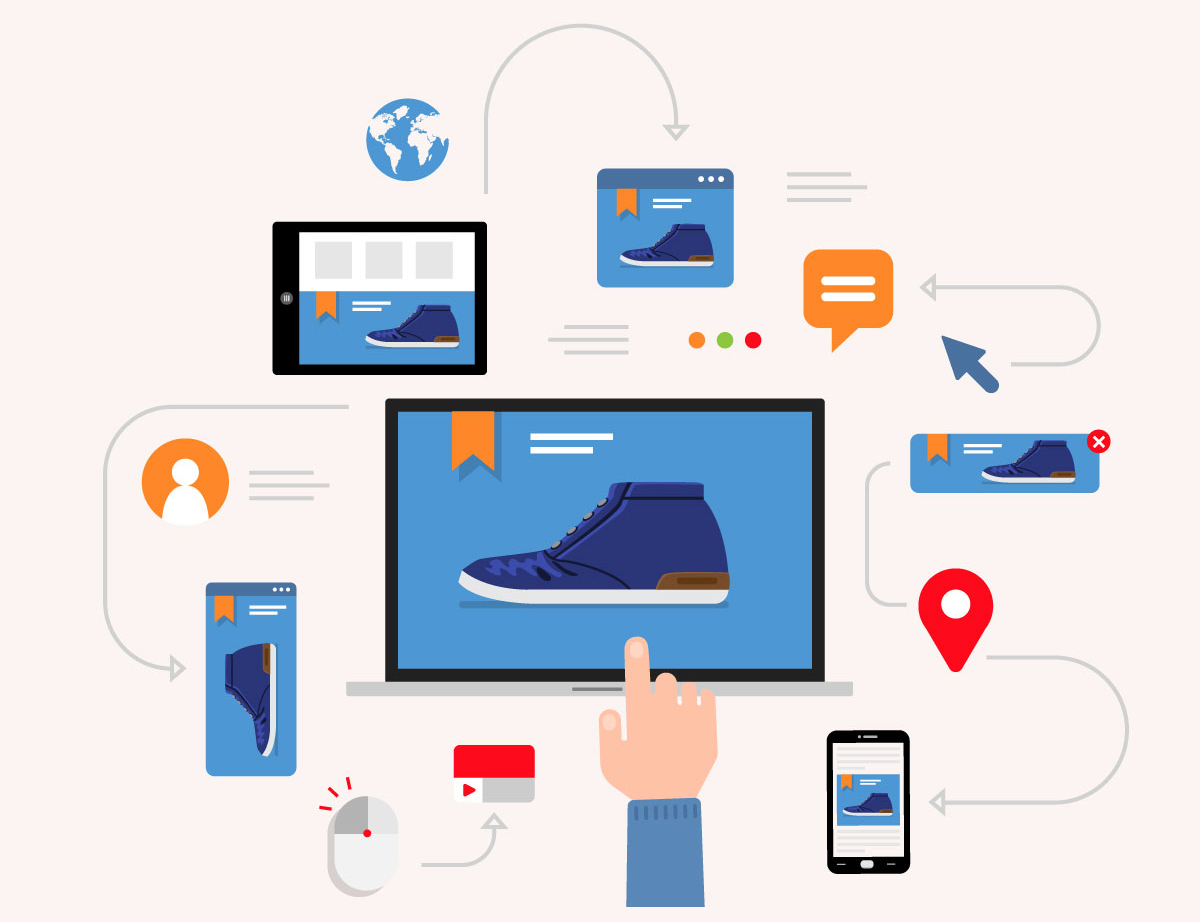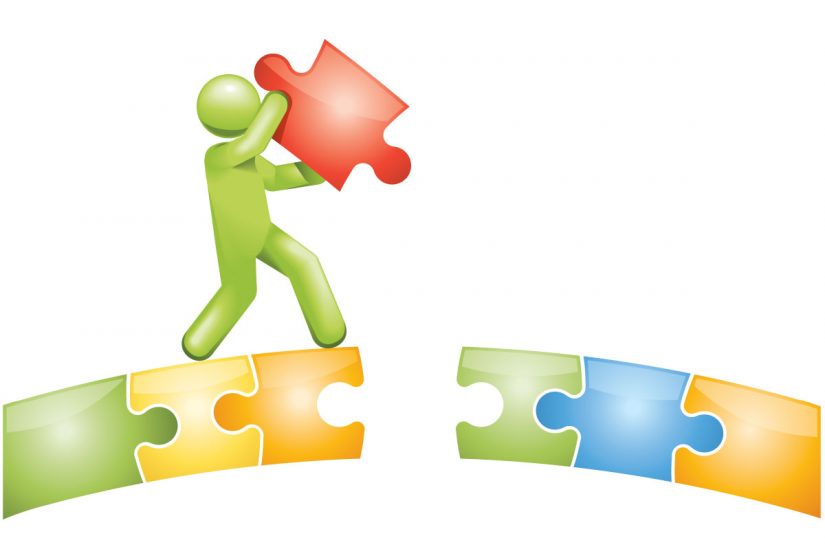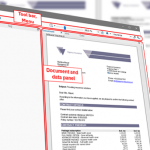Bridging Digital and Physical Communications to improve Customer Experience
Digital Transformation is hard to connect with old fashion communications like direct mailing. But what is Digital Transformation exactly?
Accordingly to the Wikipedia definition: Digital Transformation (DT or DX) is the adoption of digital technology to transform services or businesses, through replacing non-digital or manual processes with digital processes or replacing older digital technology with newer digital technology.
So, the novelty is in digitizing the process and transforming a service or a business. Actually, the service delivery could be physical goods, and in many cases must be non-digital: food, transportation, healthcare, consumer electronics, etc. You can have a 99% digital experience but what you get at the end of that experience could be something physical, something that you can touch.
Talking about communications it seems that paper-based communications are just surpassed, inefficient, expensive and non-sustainable. But several studies reveal that physical communication is effective – how Millennials and Gen Z consider a letter received in the mail as something important that requires attention.
What is obsolete, inefficient and non-sustainable is the end-to-end process of physical communication. What needs transformation is the process — from the communication originator’s fingertips to the recipient’s mailbox.
While digital communications are relatively easy and inexpensive, paper-based communications are much more complicated to handle. Transforming data and digital contents in a physical object requires a lot of preparation and skill. It is not for everybody, especially when it comes to managing millions of communications.
Everyone can send an email or an instant message — it takes seconds. But if you need to mail a letter it’s a different story. The letter can be easy to write down on your computer or mobile device, but then you need the following: paper, printer, envelope, stamp and also probably need to walk to the post office.
So why keep sending paper mail?
Two good reasons:
- It is effective.
- It is a requirement.
Effectiveness

Retargeting offline is a good example of how direct mail could be effective. It is considered the best support to recover abandoned carts.
In general, trigger marketing offline is very powerful.
Sending a mail communication, right after an event like a package delivery, keeps the shopper’s attention on the brand very high.
Letters and postcards are key to bringing users back online and improve their entire experience.
Required by Law
Security and Privacy are more vulnerable on digital rather than on paper. That’s why several industries are required to send critical communications with sensible data only via mail.
Any solutions to make digital communications more secure tend to fail because the way in which security is handled makes those communications less accessible and/or less easy to manage.
But regardless all the conversations around “cybersecurity,” often the business requirement to send a paper communication is to be sure that the communication will be received and seen by the recipient. This is because the saturation of digital communications each of us receives daily can be the cause of the loss of very important communications.
Bridging digital and physical communication is an essential objective to be pursued. This is a challenge for any organization because it means being able to deal with multiple document formats and technical requirements of multiple delivery channels.
To be effective the mail channel must work like any other communication channel, meaning it must be available also for on-demand communications or interactive correspondence. In other words, the process of sending an email or sending a letter should be equivalent.
The communication process should be driven by business process rules and/or needs. The communications channels should be selected based on compliance, effectiveness and the customer’s request.
At Papyrus Software, we know the importance of supporting all the communication needs of our customers. We emphasize the orchestration of all the inbound and outbound channels. That’s why our Central Communication HUB is integrated with the Papyrus Business Designer Platform to connect all communications with the customer’s business processes.
Thinking in Business Value Stream helps organizations shield their customers from organizational complexities and improves CX.

Business Development Senior Advisor at Papyrus Software
Southlake, TX






